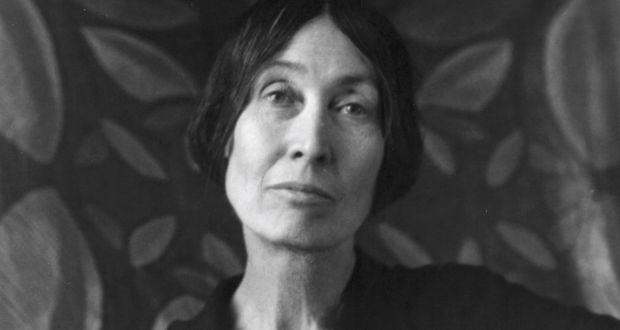Fanny Isabel Parnell, 1848–1882
Poet, Irish nationalist
Fanny’s memory–and that of her sister, Anna – has been overshadowed by brother Charles, but she was a trailblazer in her own right. Her poetry was celebrated by Irish nationalists and her activism helped to bring many Irish and Irish-American women into politics. However, the Catholic archbishop of Dublin castigated the Ladies’ Land League for inducing women to ‘forget the modesty of their sex and the high dignity of their woman hood.’ More generally, Irish nationalist men did not concern themselves with women’s rights.
Fanny was born in a country suffering the ravages of famine, disease and emigration – events that would shape her early Fenianism. The eleven Parnell children were educated at home by private governesses and masters until their father’s death in 1859. In 1865, aged 17, Fanny accompanied her American mother, Delia, to Paris, where they lived with her uncle until 1874. His death prompted Fanny, Anna and Delia to move to the Stewart family estate in New Jersey. Their dependence on extended family support is a stark reminder that even elite women were denied independent incomes.
Fanny, Charles and Anna held ardent nationalist views, developed through independent reading and personal experience. In 1864, Fanny’s nationalist poetry first appeared, under the pen-name Aleria, in the Fenian newspaper, the Irish People; within six months, twelve more of her poems were published. While living in Paris, Fanny published scathing descriptions of elite social life in the American Register. She and Delia also volunteered with the American Ambulance during the Franco-Prussian War. This voluntary service probably prepared her for her later work on behalf of the Irish poor.
In America, Fanny gave full vent to her commitment to Irish nationalism and social justice, at first by volunteering 10 hours per day in the New York headquarters of the Irish Famine Relief Fund; 1879 saw the fourth successive failure of the potato crop. The Ladies’ Land League (LLL) was formed as an offshoot of Michael Davitt’s Land League, which was founded in 1879 with the aim of reforming landholding in Ireland, but the League’s male leadership were disabled by imprisonment. It was thought that a Ladies’ Land League would be immune from prosecution. The LLL was established in New York on 15 October 1880, with Fanny, Delia and Anna at the helm. Branches quickly sprang up all over the USA and Canada, and Fanny undertook an exhausting lecture tour, raising thousands of dollars for famine relief.
In January 1881, the Irish LLL was established under Anna’s leadership, giving Irish women their first opportunity to participate in a political movement. It was a massive undertaking, and members endured police harassment. Fanny promoted awareness of the plight of the Irish poor through her writing. Her pamphlet The Hovels of Ireland (1880) went through several editions, with profits going to famine relief. Her poetry, published in newspapers in Ireland, Britain and the USA, harnessed powerful, emotive language and was criticised as ‘unfeminine’. Her best-known poem, ‘Hold the Harvest’ was hailed by Michael Davitt as ‘the Marseillaise of the Irish peasant’, and made her the heroine of the Land League movement.
Despite her early Fenianism, by 1879 Fanny advocated peaceful resistance. ‘Hold the Harvest’ appealed to the Irish poor: ‘Hold your peace and hold your hands–not a finger on them lay, boys! / Let the pike and rifle stand–we have found a better way, boys.’
Fanny died, suddenly and prematurely, in her thirty-third year. Her funeral procession was witnessed by thousands, and her grave in Mount Auburn cemetery, Massachusetts, was a pilgrimage site for many years. Sadly, the devotion she and Anna showed to the cause of social justice was still not enough to make Irish men see women as political equals.
Sources:Jane McL. Côté,Fanny and Anna Parnell(Macmillan, 1991);Oxford Dictionary of National Biographyonlineedition; Margaret Ward,Unmanageable Revolutionaries([1989] Pluto Press, 1995).
Research by Dr Angela Byrne, DFAT Historian-in-Residence at EPIC The Irish Emigration Museum. Featured in the exhibition 'Blazing a Trail: Lives and Legacies of Irish Diaspora Women', a collaboration between Herstory, EPIC The Irish Emigration Museum and the Department of Foreign Affairs and Trade.



